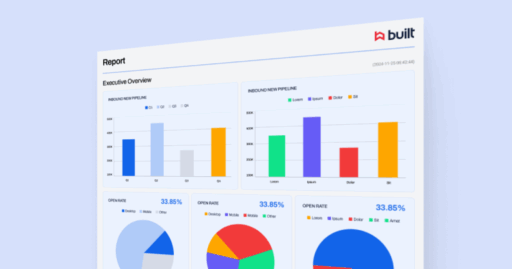Built Voices: Executive Order Takes Action to Address Affordable Housing Crisis

On Tuesday, June 25th, President Trump signed an executive order to tackle the lack of affordable housing in America by establishing a White House Council to identify and eliminate regulatory barriers to development. He is effectively “tearing down red tape in order to build more affordable housing,” stated the White House release.
For many Americans, owning a home is an essential part of the American dream, providing a primary source of wealth and allowing for more economic mobility. However, the lack of housing inventory and rising home prices continues to put this dream in jeopardy.
It is widely understood that America’s housing affordability crisis is simply a matter of supply and demand. We’ve experienced a solid economy, rising wages, and household growth that is now back from post-recession lows, therefore skyrocketing the demand for safe and affordable housing. Yet, despite our growth, the housing industry has not been able to increase that much-needed supply. According to Census Bureau data, only seven homes were built for every 10 households formed from 2010 to 2016. The challenges on the supply side, namely the overly burdensome regulatory constraints on development, have slowed the pace of single-family and multi-family construction, making it increasingly more difficult to build at affordable price points.
It’s both timely and appropriate that the White House Council, comprised of members from eight federal agencies and led by HUD Secretary Ben Carson, is aiming to change the cost side of this equation.
While high land and raw material costs, coupled with a shortage of skilled labor, continue to slow projects and raise construction costs, a more critical constraint on development is the sheer number of regulatory rules connected to single-family construction and apartment development at ALL levels of the government, Local, State, and Federal.
According to National Association of Home Builders (NAHB) data, on average, approximately 25 percent of the cost of a single-family home is due to regulatory burdens imposed by all levels of government. In terms of cost, a 2011 NAHB survey estimated that regulatory burdens added more than $65,000 to the price of a typical new home. With respect to the 2016 survey, this average total climbed to almost $85,000. With that figure in mind, it should be no surprise that there is a staggering shortage of newly built entry-level inventory, especially in larger metro areas. In California, for example, uncoordinated local city fees, codes, permitting and regulations can add 6 to 18 percent to overall construction costs, having unintended impacts on affordable housing.
Politics aside, this action by the White House is a definite win for the industry. Increasing the supply of affordable housing in America is a crucial and urgent need, and the formation of this Council reinforces the notion that if we, as a nation, want to eliminate the obstacles to affordable housing, reducing the regulatory burdens associated with developing land and building homes is a necessary place to start.
However, this is just the beginning. As the White House stated in Tuesday’s executive order, “to improve housing affordability in a truly sustainable manner, we need innovative solutions.” This industry needs innovation and creative solutions in order to solve the massive problems it faces and prevent these crises.
This is one of the reasons why I work at Built.
While Built can’t write legislation, sign executive orders, or solve for the skilled labor shortage, we can and continue to build technology that empowers lenders to safely deploy more capital into the construction market, increasing the supply of housing inventory. Due to inventory shortages, it is more important than ever for construction lenders to provide an efficient and effective way to speed the flow of capital. At Built, we’re on a mission to enable lenders to scale efficiently, lend confidently, and reduce their costs and therefore the costs of their customers. This, in turn, will allow builders to develop land and construct homes at more affordable price points, while still making a profit.
It’s for these reasons Built continues to invest our time, energy, and capital into building technology that helps lenders keep pace with market demands.






